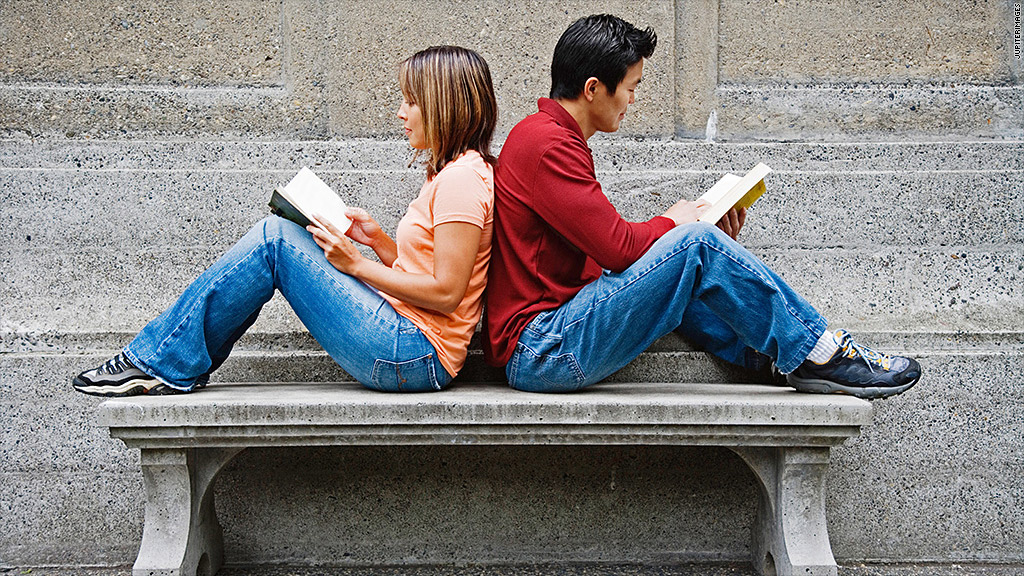
The Senate on Thursday failed to take up two separate bills that would have lowered the interest rate on subsidized student loans, now set to double on July 1 to 6.8%.
Some 7 million undergraduates may have to dig deeper in their pockets when they pay off the loans upon graduation, if Congress can't come to a deal.
If this sounds familiar, it is. Last year, facing a July 1 deadline, Congress put off any tough decisions and kept rates the same.
This time, the White House and Congress agree that something should be done, but they don't agree on what.
Student loan mess: What's at stake
On Thursday, neither a Democratic nor a Republican bill got the 60 votes needed to overcome a filibuster.

The Democratic bill would be a replay of last year, extending the 3.4% interest rates for another two years.
The Republican bill resembles a House-passed bill last month that would stop the rates from doubling by tying them to 10-year Treasury notes. Under that plan, rates would remain relatively low now, but would grow as the economy improves and interest rates rise.
The impending July 1 rate hike will only affect undergraduates who have subsidized loans, in which the federal government absorbs some of the interest rate. This makes up about a third of undergraduate loans, which are awarded based on economic need.
Far more undergraduates take out unsubsidized loans, whose rates have been at 6.8% since 2007. These interest rates will remain the same for most middle-class undergraduate and graduate students.
Related: Class of 2013 grads average $35,200 in total debt
Congress will continue to debate the various plans over the next month. But it's looking increasingly likely that undergraduates with subsidized loans will see higher rates.




